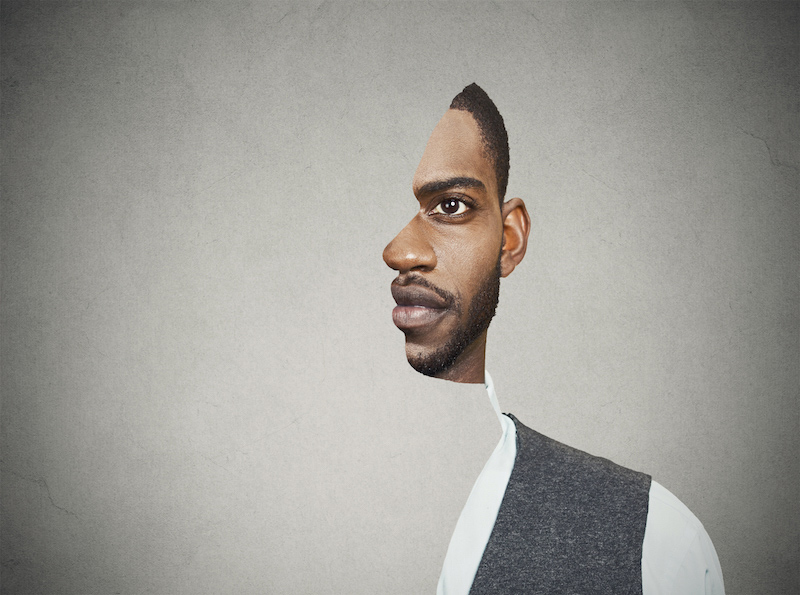
Unilateral hearing loss, or single-sided deafness, is much more regular than people realize, particularly in kids. Age-related hearing loss, which affects most adults sooner or later, will be lateral, simply put, it affects both ears to a degree. As a result, the public sees hearing loss as a black and white — either someone has normal hearing in both ears or reduced hearing on each side, but that ignores one kind of hearing loss entirely.
A 1998 study estimated around 400,000 kids had a unilateral hearing loss due to trauma or disease in the moment. It’s safe to say this amount has gone up in that past two decades. The truth is single-sided hearing loss does happen and it brings with it it’s own problems.
What’s Single-Sided Hearing Loss and What Makes It?
As the name suggests, single-sided hearing loss suggests a decrease in hearing just in one ear.In intense cases, profound deafness is possible.
Causes of unilateral hearing loss differ. It can be caused by injury, for instance, a person standing next to gunfire on the left may get moderate or profound hearing loss in that ear. A disorder may lead to the problem, too, such as:
- Measles
- Acoustic neuroma
- Meningitis
- Waardenburg syndrome
- Mastoiditis
- Microtia
- Mumps
No matter the origin, an individual who has unilateral hearing must adapt to a different way of processing audio.
Direction of the Sound
The brain uses the ears almost just like a compass. It defines the direction of noise based on which ear registers it initially and at the maximum volume.
Together with the single-sided hearing loss, the sound will only come in one ear regardless of what direction it comes from. In case you have hearing loss in the left ear, your head will turn left to look for the noise even when the person talking is on the right.
Think for a second what that would be like. The sound would enter 1 side regardless of where what direction it comes from. How would you understand where a person speaking to you is standing? Even if the hearing loss isn’t deep, sound management is tricky.
Honing in on Audio
The brain also uses the ears to filter out background sound. It informs one ear, the one nearest to the sound you wish to concentrate on, to listen for a voice. Your other ear manages the background noises. This is why at a noisy restaurant, you can still focus on the dialogue at the table.
When you can’t use that tool, the brain becomes confused. It’s not able to filter out background noises like a fan blowing, so that is all you hear.
The Ability to Multitask
The mind has a lot happening at any given time but having use of two ears allows it to multitask. That’s the reason you’re able to sit and read your social media sites whilst watching TV or talking with family. With just one functioning ear, the mind loses the ability to do one thing when listening. It has to prioritize between what you see and what you hear, so you tend to miss out on the conversation taking place without you while you navigate your newsfeed.
The Head Shadow Impact
The head shadow effect describes how certain sounds are inaccessible to an individual having a unilateral hearing loss. Low tones have long frequencies so they bend enough to wrap around the head and reach the working ear. High pitches have shorter wavelengths and do not endure the trek.
If you’re standing beside a person having a high pitched voice, you may not understand what they say unless you flip so the good ear is facing them. On the flip side, you may hear someone with a deep voice just fine no matter what side they are on because they produce longer sound waves which make it into either ear.
Individuals with only minor hearing loss in just one ear tend to accommodate. They learn fast to turn their head a certain way to listen to a buddy speak, for example. For people who struggle with single-sided hearing loss, a hearing aid may be work round that yields their lateral hearing.
